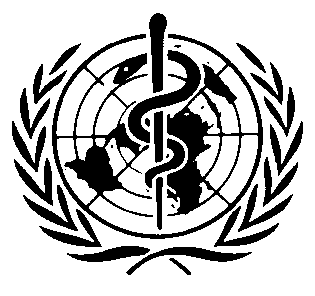International Chemical Safety Cards
| BERYLLIUM CHLORIDE | ICSC: 1354 |




Molecular mass: 79.9  ICSC # 1354
ICSC # 1354CAS # 7787-47-5 RTECS # DS2625000 UN # 1566 EC # 004-002-00-2 April 12, 2000 Peer reviewed |
| TYPES OF HAZARD/ EXPOSURE | ACUTE HAZARDS/ SYMPTOMS | PREVENTION |
FIRST AID/ FIRE FIGHTING |
| FIRE |
Gives off irritating or toxic fumes (or gases) in a fire.
|
NO contact with
water
.
|
In case of fire in the surroundings:
NO water
.
|
| EXPLOSION |
|
|
|
| EXPOSURE |
|
PREVENT DISPERSION OF DUST!
AVOID ALL CONTACT!
|
IN ALL CASES CONSULT A DOCTOR!
|
| •INHALATION |
Cough.
Sore throat.
Shortness of breath.
Symptoms may be delayed (see Notes).
|
Closed system and ventilation.
|
Fresh air, rest.
Half-upright position.
Refer for medical attention.
|
| •SKIN |
Redness.
Pain.
|
Protective gloves.
Protective clothing.
|
Remove contaminated clothes.
Rinse skin with plenty of water or shower.
Refer for medical attention.
|
| •EYES |
Redness.
Pain.
Blurred vision.
|
Face shield
or
eye protection in combination with breathing protection.
|
First rinse with plenty of water for several minutes (remove contact lenses if easily possible), then take to a doctor.
|
| •INGESTION |
Nausea.
Vomiting.
Abdominal pain.
|
Do not eat, drink, or smoke during work.
Wash hands before eating.
|
Rinse mouth.
Refer for medical attention.
|
| SPILLAGE DISPOSAL | STORAGE | PACKAGING & LABELLING | ||
|
Sweep spilled substance into sealable containers; if appropriate, moisten first to prevent dusting.
Carefully collect remainder,
then remove to safe place.
Do NOT let this chemical enter the environment.
Chemical protection suit including self-contained breathing apparatus.
|
Separated from
food and feedstuffs
.
Dry.
Well closed.
|
Unbreakable packaging; put breakable packaging into closed unbreakable container.
Do not transport with food and feedstuffs.
Note: A, E T+ symbol N symbol R: 49-25-26-36/37/38-43-48/23-51/53 S: 53-45-61 UN Hazard Class: 6.1 UN Packing Group: II |
||
| SEE IMPORTANT INFORMATION ON BACK | ||||
|
||||
